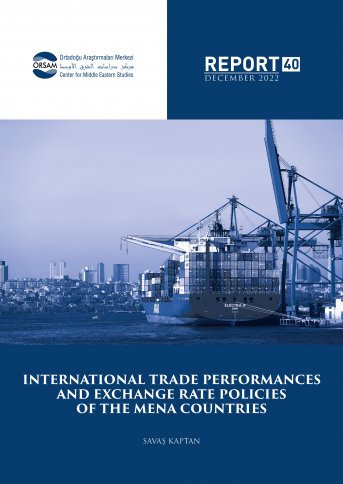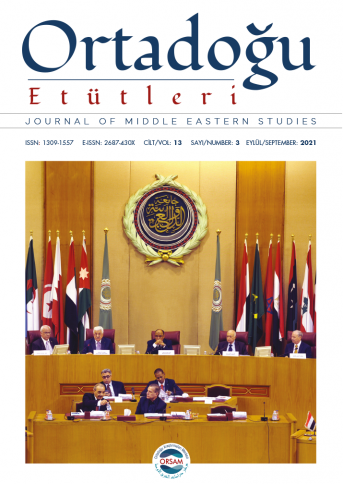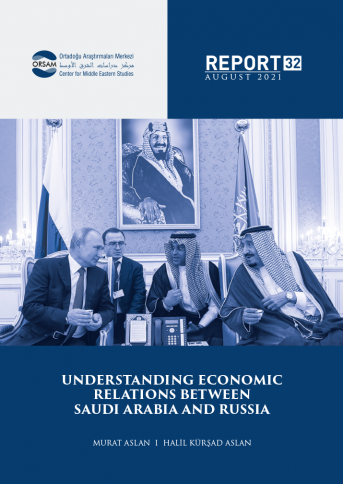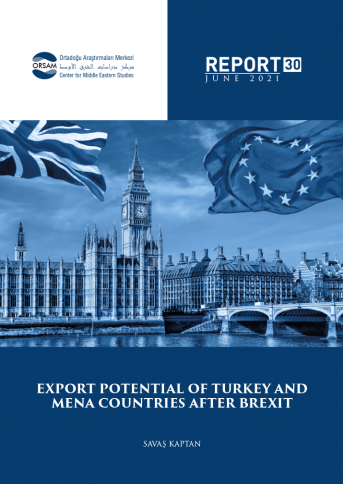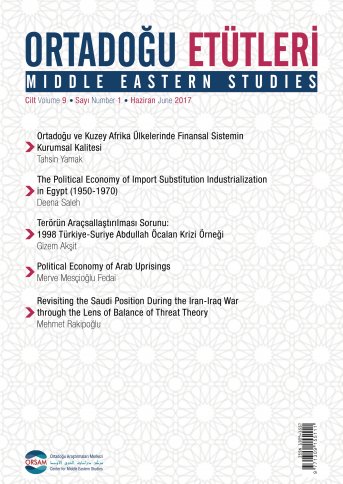
Political Economy of Arab Uprisings
During the transition from 2010 to 2011, social movements started to be a common occurrence within the Arab public sphere ranging from the Atlantic Ocean to the Persian Gulf. The said movements were coined with many names such as Arab Spring, Arab Uprisings and Arab Revolutions. Although neither of these names are sufficient enough to explain the process, it is possible to state that the year 2011 triggered one of the most important transformation periods in the history of modern Middle East. In this context, this article titled ‘Political-Economy of the Arab Uprisings’ will present a political-economic review of these uprisings. To read the Arab Uprisings only from a democracy demand perspective without making a class analysis, will prevent us from reaching the main answer of Muhammed Bouazizi’s self-immolation or why Dera was the starting point of the uprising in Syria. The study aims to understand and explain the events through a longterm examination based on this justification. The Arab Uprisings of 2011 were not spontaneous events. It has its roots and future consequences. By withdrawing from the narrow perspective of sectarian-essentialist entrapment, the expression of class hierarchies and exclusion which still persists in the Middle East after the Arab Uprisings will ensure the understanding of the structures that the “New Middle East” has inherited.

